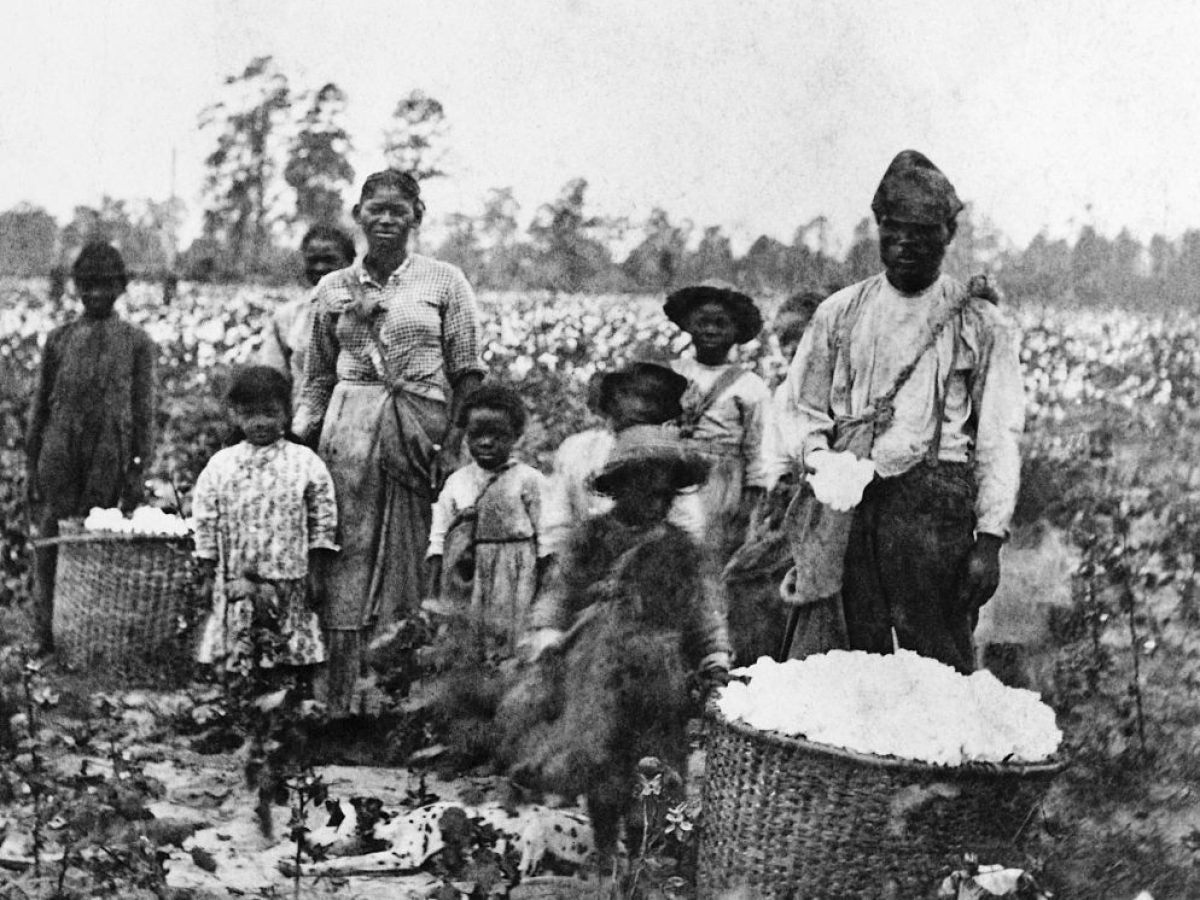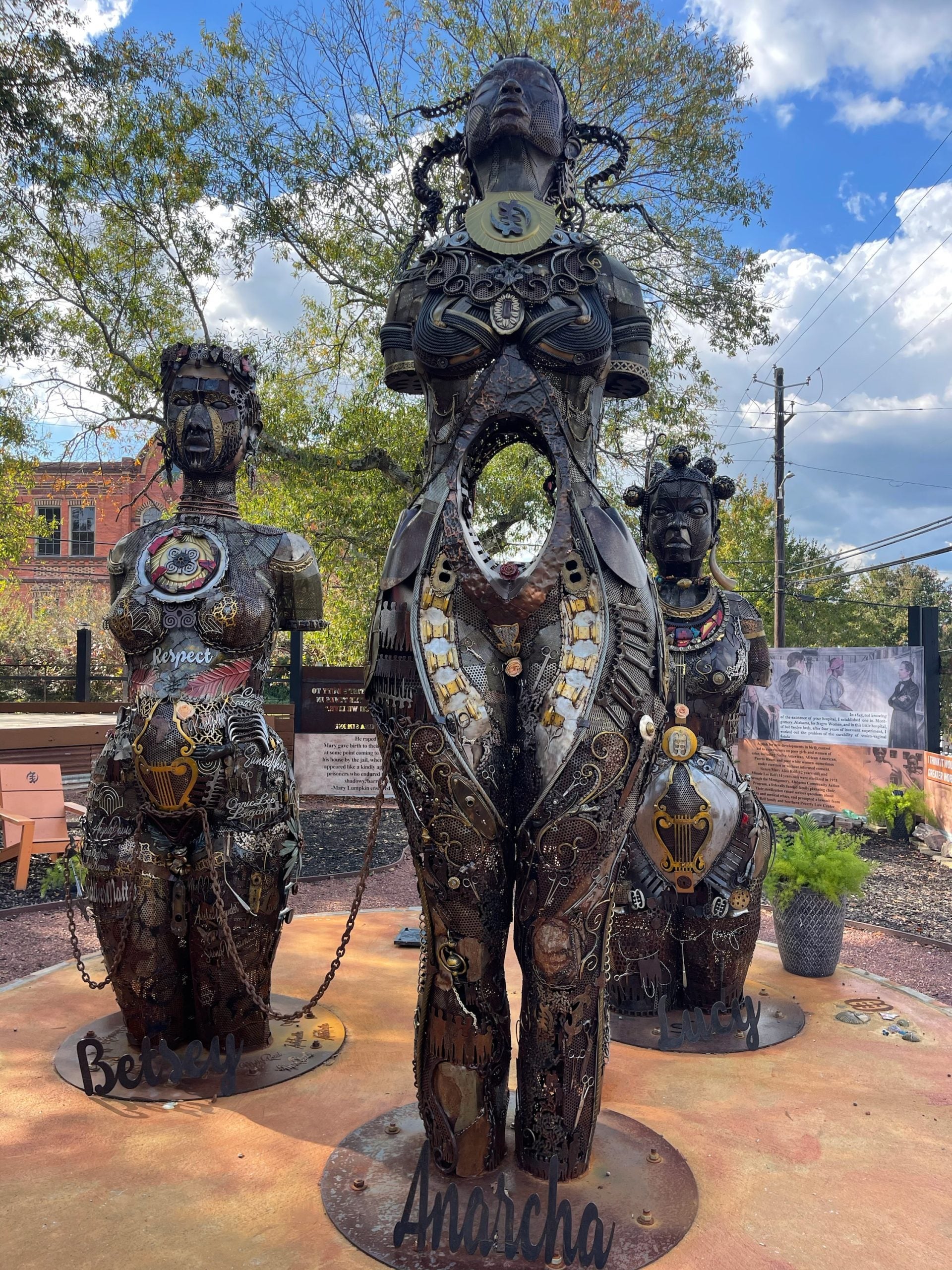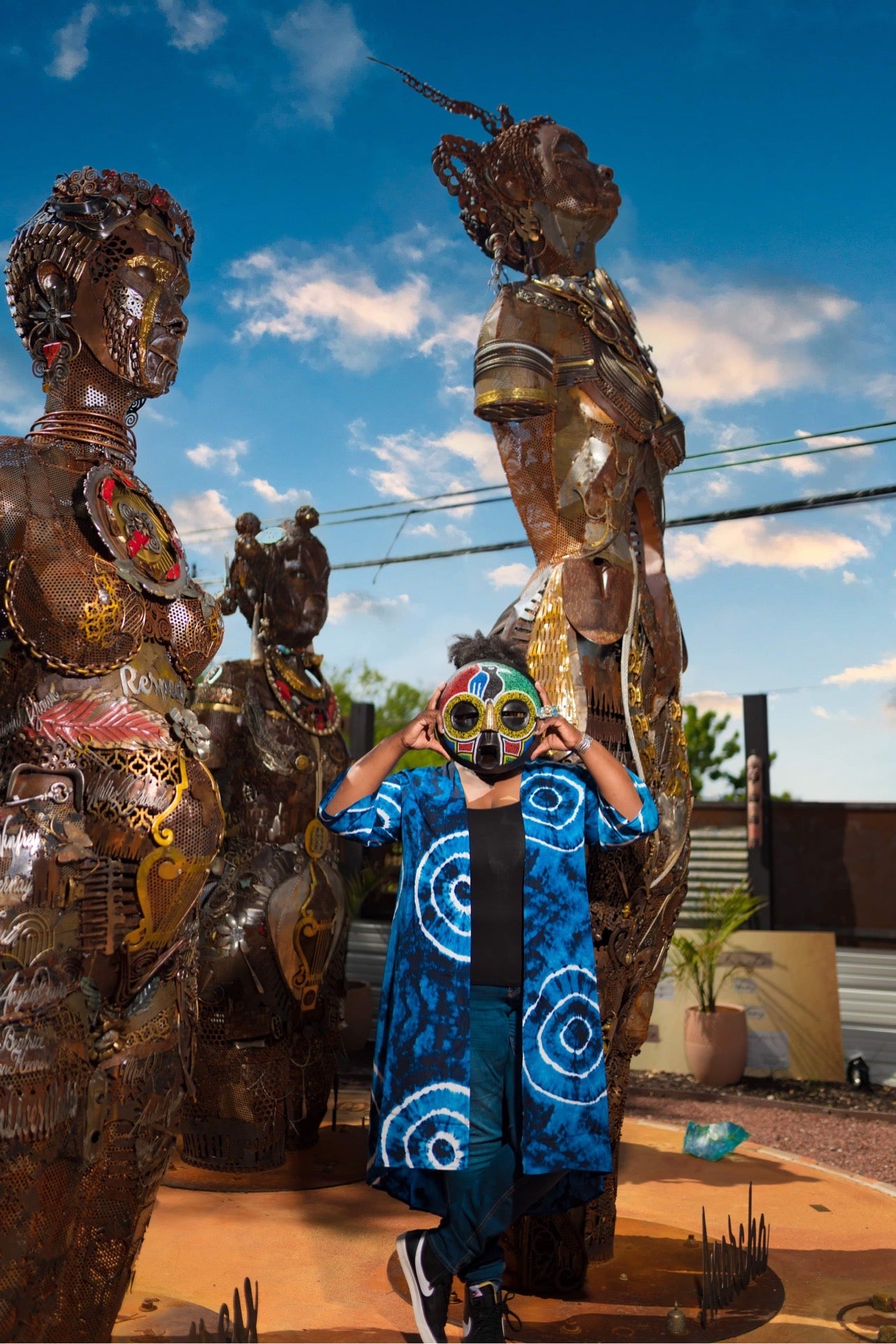
Anarcha was in labor for 72 hours when Dr. J. Marion Sims went to her bedside to help deliver her baby on the Westscott Plantation located in Montgomery, Alabama. It was a summer day in June of 1845.
But it wasn’t her last encounter with Dr. Sims. The enslaved teen underwent 30 painful surgeries performed by Sims without anesthesia. This was done in the name of progressive medicine.
Dr. Sims’ work and his medical discoveries made him a household name across southern plantations and within the medical community. Today, he is hailed as “The Father of Gynecology,” while Anarcha’s name and contribution to his work has almost faded in history books.
As we think about the contributions of Black women this month, it’s imperative we remember those names we do not know. And while Anarcha may not be widely recognized, her story is one of modern day history: Black people continue to be undertreated for pain because of racial bias, and racism among medical professionals can be traced back to slavery and Anarcha’s story.
Unfortunately, 17-year-old Anarcha was not the only patient who painfully endured Dr. Sims’ procedures. In his memoir, “The Story of My Life,” Dr. Simsalso names teenagers Betsy and Lucy, and there were about 10 other enslaved women left in his care by their slave owners. Between 1845 and 1849, Dr. Sims meticulously documented how he perfected his gynecological procedures at the expense of the girls.
Montgomery artist and activist Michelle Browder has spent most of her life studying and educating people about the enslaved women.
Browder, was one year older than Anarcha when she learned their story and wanted to share it through her art. In 2021, she erected three sculptures near the location of Sims’ hospital to honor the teens on which he forcibly operated. She calls her work “The Mothers of Gynecology.”
“If there’s a father of gynecology, who is the mother of gynecology?,” Browder poses.

What we know is that there are several. But our knowledge of Anarcha, Betsy, and Lucy mostly comes from Dr. Sims and his memoir. In his book we learn that the women worked on separate plantations during the 1840s in Alabama. Anarcha lived on the Westcott plantation in Montgomery, Alabama. Betsy, who was 17 or 18 years old, lived on the plantation of Nathan Harris in Lowndes County, Alabama. Lucy, 18, lived on a plantation owned by Tom Zimmerman in Macon County, Alabama.
According to Sims, after giving birth, all three women developed a medical condition called vesicovaginal fistula. It caused them to lose control of their bladders and bowels. Their conditions could lead to infections and a horrible odor that may have forced them to be separated from others on the plantation.
Their illness reportedly kept them from working or reproducing. Frustrated, their enslavers reached out to Dr. Sims for help. However, his critics believed they were not concerned about the women’s health but how their absence would affect their bottom line.
This information is still being passed down. It’s our medical system that continues to teach that Black women experience pain differently than white women.
“There was no prenatal care. Most black women living on plantations would have their babies and get back to work,” said Kwoya Fagin Maples, an assistant professor of creative writing at the University of Alabama.
Maples, spent five years channeling the voices of Anarcha, Betsy, and Lucy to better understand their experiences.
“It was a loss of commodities. There may have been pressure to get back to work, but it was also about the shame they were experiencing. I can see them struggling with feelings of worthlessness and that being communicated from within their community and from their slave trackers.”
Many scholars described Dr. Sims as ambitious and eager to learn about medical advancements, and the institution of slavery became his gateway to finding subjects for his experiments. But, since enslaved women were considered property, they could no doubt say no to the torturous experiments.
According to a 2016 study by the National Library of Medicine, scientists, physicians and slave owners believed that African Americans could not feel pain, and therefore they could justify their treatment of Black women and men for medical research.
When Sims learned about the medical conditions of Anarcha, Betsy, and Lucy he made a deal with their enslavers to have them moved to his hospital with a promise of finding a cure for their ailments. It’s reported that Dr. Sims experimented on the women for more than three years. He didn’t use anesthesia to numb their pain, perpetuating the belief that Black women somehow could suffer through the torment of his experiments. Experiments that Sims himself described as being tremendously painful.
In his memoir, he wrote that he operated on Lucy first in front of other doctors who watched as she screamed out during the surgeries. He later wrote “Lucy’s agony was extreme” and that he “thought she was going to die. Despite his belief he continued his experiments.
“This information is still being passed down. It’s our medical system that continues to teach that Black women experience pain differently than white women,” Browder says.
Her art is meant to challenge these persistent myths. “I’m hoping to not just have a beautiful piece of art but an art that teaches and speaks to where we are in health care in this country and how we treat Black women,” she adds.
Browder’s sculptures are made from discarded metals, including old medical equipment. Their larger-than-life bodies are distinctive, They are adorned with colorful breastplates, and warrior-like necklaces that fit just above their exposed breasts. Materials like bicycle chains are used to create natural hair and twisted metal makes the Bantu knots and pigtails that represent the girls’ forgotten youth.
Anarcha stands the tallest at 15 feet. Betsy’s statue is 12 feet and Lucy stands at 9 feet.

The sculptures are located not far from a statue of Dr. J Marion Sims. Erected on April 19, 1939 on the lawn of the state capitol, it celebrates Dr. Sims and his medical accomplishments without any mention of the woman he experimented on.
In 2018, a statue of Dr. Sims was removed from Central Park in New York. In 2006, the University of Alabama at Birmingham removed a painting that depicted Sims as one of the “Medical Giants of Alabama.” Still, his statue remains on the grounds of the Alabama State Capitol and attempts to have it removed have failed.
The 2017 Alabama Memorial Preservation Act prohibits the relocation, removal, alteration, renaming, or other disturbance of any monument located on public property which has been in place for 40 years. That includes the statue of Dr. J. Marion Sims.
“What I want people to do is to connect the past to the present and ask how we can do better? We must tell our children what we have done and what has been done to us, so we do not repeat it,” said Browder.
While Sims has his critics, some in the medical community stand by the claim that he is the most famous American surgeon of the 19th century. They point to his many medical discoveries that are still used in hospitals and clinics today like the speculum, the Sims position used for vaginal exams, and his most famous work, the development of the surgical technique to repair the vesicovaginal fistula.
In research published in the National Library of Medicine that examines the allegations against Dr. Sims, L.L. Wall writes:
Sims’s modern critics have discounted the enormous suffering experimented by fistula victims, have ignored the controversies that surround the introduction of anesthesia into surgical practice in the middle of the 19th century, and have consistently misrepresented the historical record in their attacks on Sims.
Wall’s research even suggests his patients were willing participants.
Not so, says Kwoya Maples. In her book Mend: Poems, she explores and imagines the surroundings of Anarcha, Besty and Lucy. She gives them life through the stories she imagines they told from their hospital beds.
“Of course, these experiments were horrendous, but the fact that he couldn’t take the time to name all the women is the thing that motivated me the most to write about them,” said Maples.
Maples took five years to write Mend: Poems. She wanted to create what she believed to be the women’s authentic voices. She studied slave narratives from South Carolina, Georgia, and Alabama to create a context of where the women lived and worked. Her book was also shaped around her own experiences as a mother, as Maples was pregnant with twins during her research.
“While I didn’t experience the level of pain that they did, I felt as though I could have imagined it, and the longer I spent immersed in the topic, the more I felt I could hear them,” said Maples.
During the 1850s Dr. Sims left Alabama and moved to New York where he opened the first hospital for women called the Woman’s Hospital. While he is still widely celebrated as a great physician today, some are questioning his legacy and his treatment of the enslaved girls he scarred.
But could the answers to those questions be a little too late? While some historians are re-evaluating Dr. Sims and his medical history, herstory is slowly being written. A new generation of historians, artists and activists are researching the contributions of Anarcha, Besty and Lucy to modern medicine and their purpose in history.
“It’s getting into the psyche of young Black women that we are somehow undervalued. I want to say no! No! No! We are exceptionally, incredibly, worthy and our value is infinite.” said Maples.





